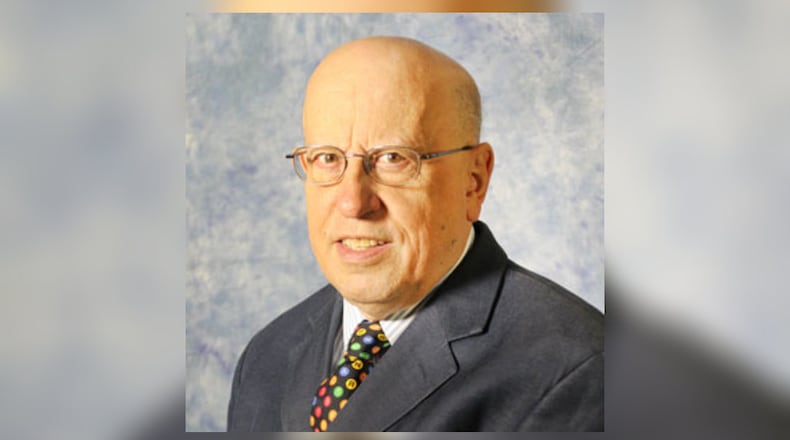Credit: Jessica Hill
Credit: Jessica Hill
As an initial matter, I do not oppose private gun ownership or the Second Amendment. Rather, my concerns focus on practical issues associated with school safety.
First, arming teachers is unwise because it may change their roles as caregivers. Also, are all teachers ready, willing, and/or capable of handling weapons? Should all, or only selected, teachers be armed? What about those refusing to be armed? Can educators be required to carry weapons? And, what if police confront two individuals in a school with weapons aimed at each other, both claiming to be teachers? Do officers fire or wait?
Second, Ohio has approved funding to purchase two mobile homes as training sites. Still, it is debatable whether the state-mandated initial twenty-four hours of training and eight annually is sufficient even if supplemented by regular target practice; local boards can create greater requirements.
Third, while educators can learn to fire weapons safely and accurately in the controlled environments of shooting ranges, how might they react in crises? According to a Rand study, trained police officers in gunfights hit their targets only eighteen-percent of the time. Is the risk of “friendly fire” injuries and deaths worth it?
Fourth, what can stop students or intruders from removing guns stored in schools and/or attacking armed teachers as they enter buildings or in their classrooms to steal their weapons?
Fifth, what effect might arming educators have on already tight district budgets if insurance companies raise premiums over liability concerns? Moreover, how might accidental discharges of weapons in schools, let alone injuries they may cause, impact insurance rates?
Sixth, arming teachers sends conflicting messages, at best, to students and parents. While teaching that violence does not work, do educators contradict themselves by becoming armed defenders?
Instead of spending scarce resources on untested programs, educational leaders can do three things to enhance safety:
- Officials should work with social service and community mental health agencies to strengthen existing counseling and family programs to identify and assist potentially violent students.
- Educators must tighten school security, limiting access to schools through selected points of entry monitored constantly by resource officers and security cameras.
- Officials must implement comprehensive school safety plans that are practiced regularly so teachers and students know what to do during gun-related crises.
As witnessed by the heroism of teachers and staff who died protecting students in Uvalde and Sandy Hook, but for the acts of shooters intent on committing murder, plans worked. In sum, the best intentions of those seeking to arm educators aside, no evidence exists beyond creating false senses of security that giving teachers guns could have prevented any of the tragic shootings or would do so in the future.
Charles J. Russo, J.D., Ed.D., is the Joseph Panzer Chair of Education in the School of Education and Health Sciences (SEHS) and Research Professor of Law in the School of Law at the University of Dayton.
About the Author

